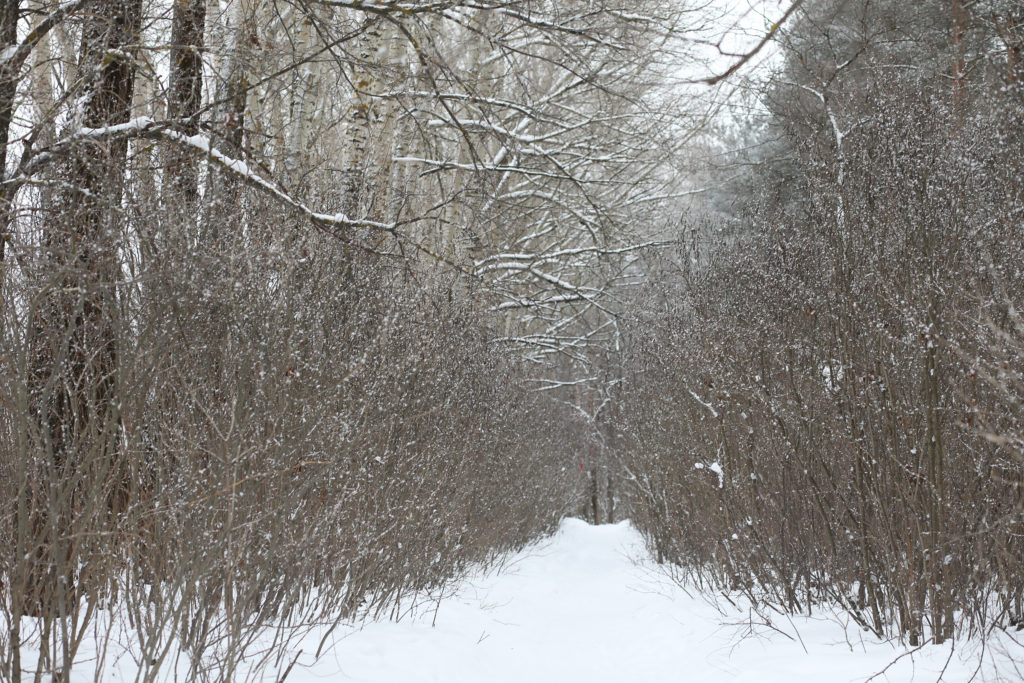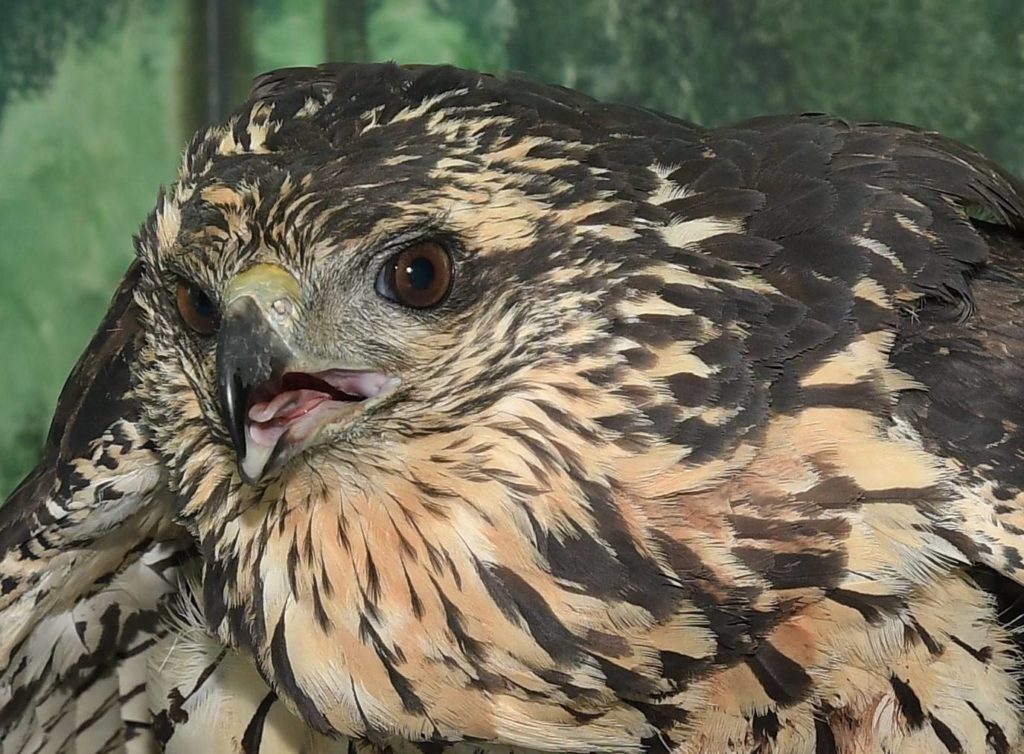
When Wisconsin plunged into a deep freeze during last week’s polar vortex, I built a roaring fire in my fireplace and settled into my armchair with a thick blanket and a video game controller. Except for the twenty minutes I spent driving to and from the office, I stayed warm and toasty.
Birds, however, don’t have it quite as easy. To survive freezing temperatures, non-migratory birds have developed many interesting adaptations. Many species grow extra down layers and huddle together for wind protection. Others, like the black-capped chickadee, use a process called regulated hypothermia to drop their resting body temperature by as much as 22°F to conserve energy. I’m particularly fascinated by the process of regional hypothermia—many species of ducks and gulls use a countercurrent heat exchange system to keep vital organs warm while letting temperatures fall in extremities.
Birds that aren’t accustomed to cold weather don’t have these adaptations, though. When a bird—or any animal—ends up far outside of its natural habitat, the consequences can be deadly.
In April 2018, the American Birding Association reported confirmed sightings of a Great Black Hawk around South Padre Island, Texas. This hawk is typically found ranging from South America to northern Mexico, but had never been confirmed to venture any farther north. Previous sightings in Florida had been attributed to a small population that had arrived in the state in captivity.
The Great Black Hawk sighting in Texas was exciting, but the story grew wilder. By August, the same animal was spotted in Maine, over 2,300 miles from South Padre Island, and a whole world away from its home climate. A specific pattern of brown markings under its wings showed that this was, in fact, the same bird that had originally crossed the border from Mexico to Texas.

The hawk traded in its usual lizard-based diet for squirrels and settled in a small town called Biddeford. This was a thrilling time for Maine locals, as well as birders all over the United States. The Audubon society reports birders coming from as far as California to try to spot the vagrant raptor.
Of course, the climate of Maine is nothing like Mexico. Winter soon arrived, bringing colder temperatures and snowstorms. The hawk survived the first two snowstorms of the season with no problems—it appeared to have enough feathers to stay warm. On Sunday, January 27, the temperature dropped to a frigid 8°F (-13°C). Someone out skiing noticed the hawk on the ground and immediately went into rescue mode. Hours later, the black hawk was being treated at a bird hospital for frostbite on its legs and feet.
At first, it seemed that the hawk would survive with minimal lasting damage. Veterinary staff and wildlife experts and authorities began to argue about the best way to proceed. The hawk could be released where they found it, but it would only be returning to the same dangers. They could keep it in captivity, or they could attempt to transport it across the continent to return it to its natural habitat.
In the end, nature made the decision for them. Subsequent evaluations revealed that the bird had no remaining circulation in its lower limbs, and it became clear that the bird would lose most of its legs to either amputation or decomposition. The decision was unanimous, and the world-traveling Great Black Hawk was euthanized on Thursday, January 31.
Despite the repeated warnings from Audubon Society representatives that it was unlikely the bird would survive a winter in Maine, the hawk’s death is sad for anyone who saw it or was following its story. We may never know why a tropical raptor left the warm sun behind in exchange for the wet chill of southern Maine, but it was a delight to see it thrive for a few months. For Great Black Hawk sightings in the future, you’ll probably have to head south.
Latest posts by Jordan Villanueva (see all)
- Tackling Undrugged Proteins with the Promega Academic Access Program - March 4, 2025
- Academic Access to Cutting-Edge Tools Fuels Macular Degeneration Discovery - December 3, 2024
- Novel Promega Enzyme Tackles Biggest Challenge in DNA Forensics - November 7, 2024
